Every child will feel unwell at some point. Here are some tips on keeping them healthy – and getting them through those poorly spells.
Wee ones tend to get more minor illnesses such as coughs, colds and runny noses, than older children and adults do because their immune systems are still developing. So the occasional bout of illness is to be expected. Healthy nutritious food, regular physical activity, fresh air and a few simple hygiene measures can help to keep them healthy and will prevent many common illnesses.
If you're worried
If you have any concerns about your child’s health, call your GP or NHS 24 on 111, or call 999 in an emergency. This page on NHS Inform has more information on when you should call your GP or NHS 24 and when you should call 999, depending on your child’s symptoms.
Signs your child may be poorly
You’re the best judge of whether your child isn’t their normal self and is unwell, so if you think they’re ill, even if you’re not sure what’s wrong, don’t hesitate to seek medical advice. Call your GP or NHS 24 on 111, or call 999 in an emergency.
A classic sign of illness is a fever. Your child may have one if they’re flushed or feel hot and sweaty, or if their temperature is over 38°C or 100.4°F measured with a thermometer. You can use a digital, non-breakable one – there’s one in the Baby Box. Read on to find out how to use it.
Other symptoms that your child is under the weather could include a runny nose, coughs and sneezes, a rash, sleeping more, lack of appetite, increased whining, clinginess and listlessness. If your child’s temperature doesn’t stop them from playing and eating normally, there may not be anything to get too worried about.
You can find out more about what to do if your child has cold or flu symptoms on the NHS Inform website.
The Right Care Right Place page on the NHS Inform website has information on how to get the care you need quickly, safely and as close to home as possible.
How to check your child’s temperature
If you feel your baby is hot, it’s best to check their temperature with a thermometer. This short video shows you how to take your baby’s temperature using the under arm thermometer that comes in the Baby Box.
To take your baby’s temperature:
- Place the baby down safely and put the thermometer in their armpit.
- Gently, but firmly, hold their arm against the body to keep the thermometer in place for 80-120 seconds (always follow the instructions that come with the thermometer for the timing).
- The display on the thermometer will then show your child’s temperature.
A normal temperature for babies is about 36.4C but this can vary. A high temperature in children is usually considered 37.5C and above. If your baby has a temperature greater than 38C or you’re worried they’re ill, phone your GP or visit NHS Inform urgently.
This page on NHS Inform explains what to do if your baby has a temperature or if you’re worried that your baby is ill.
Streptococcus A (strep A) and scarlet fever
You may have heard in the news about children falling ill from Group A Streptococcus (GAS), also known as Strep A or scarlet fever.
Strep A are bacteria commonly found on the skin or in the throat. Under some circumstances these bacteria can cause disease. Most often symptoms are mild – a sore throat or skin infection that can be easily treated with antibiotics. But in some cases it can be very serious. You can find out more about strep A on the NHS Inform website, including the signs to look out for and when you should call your GP or phone 999.
Scarlet fever is an illness that mainly affects children, and is caused by strep A bacteria. It causes a distinctive pink-red rash that feels like sandpaper. Most cases are mild, but it’s important to be aware of the signs and symptoms of scarlet fever so that early treatment with antibiotics can be given. You should keep your child away from school for at least 24 hours after starting antibiotic treatment. You can find out more about scarlet fever on the NHS Inform website, including the signs to look out for and when to call your GP.
Strep A infections are easily spread, especially amongst young children in schools and nurseries. There are simple things your family can do to help prevent the spread of these infections, like:
- washing your hands regularly with soap
- using a disposable tissue to catch sneezes and coughs
- keeping away from other people if you feel unwell.
Preventing illness
Washing hands properly will help protect you and your child from bugs and other illnesses.
- Wash hands before eating, after going to the toilet or after playing with pets and after being outside.
- Let them watch you washing your hands. Tots like to copy what you do.
- Show them how to wash their hands and in between their fingers, using soap and water.
- Help them by lifting them up to the basin or use a handy step-up stool.
- Make it fun by singing a rhyme or song – we should all wash our hands for the time it takes to sing ‘Happy Birthday’ twice.
Caring for an ill child
Kids are usually tired and irritable when they’re ill, so be patient and expect them to be more demanding.
They may want to sleep more, so let them stay in bed if they ask. They’ll probably want you around, so be prepared to spend time reading and watching TV together. Breastfed children may wish to breastfeed more often at this time.
Keep things familiar and low-key – now is not the time to change routines. If they’re hungry, give them something light to eat and give them plenty to drink (drinking is more important than eating when they’re ill). Once they’re feeling better, they can go outside if the weather is fine but keep them indoors if it’s cold, damp or foggy.
When should I keep my child off school?
It can be tricky deciding whether you should keep your child off nursery or school if they have a cough or cold or other illness – or if they feel fine but may be infectious. You can find some guidelines from Public Health Scotland here. Remember if you do decide they should stay at home to let their nursery or school know.
If your child is unable to go into school due to mental health issues, our page on school anxiety can help.
 Activities & Play
Activities & Play Behaviour
Behaviour Childcare
Childcare Development & Growing Up
Development & Growing Up Family, Friends & Relationships
Family, Friends & Relationships Feeding Your Baby
Feeding Your Baby Food & Eating
Food & Eating Health & Safety
Health & Safety Mental Health & Wellbeing
Mental Health & Wellbeing Money & Work
Money & Work Online Behaviour & Safety
Online Behaviour & Safety Pregnancy & First Days
Pregnancy & First Days School & Education
School & Education Sleep
Sleep


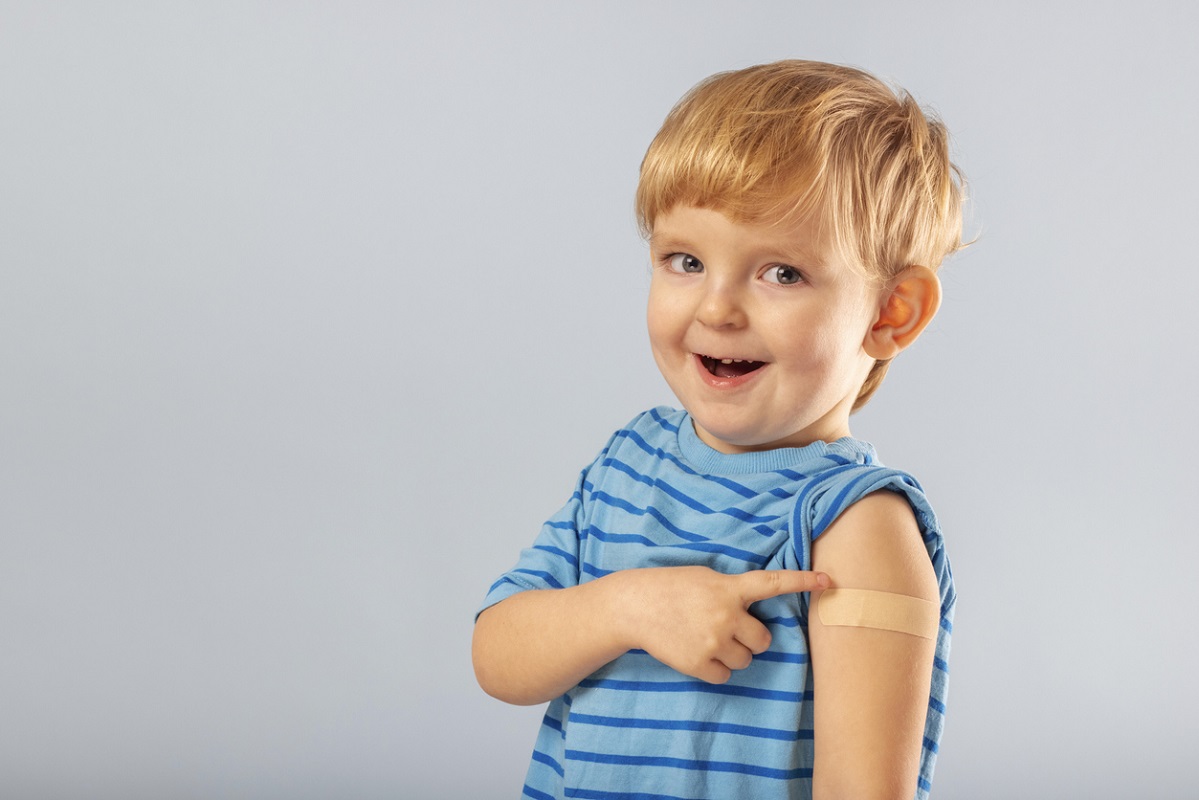

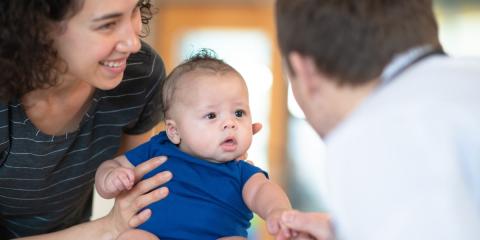
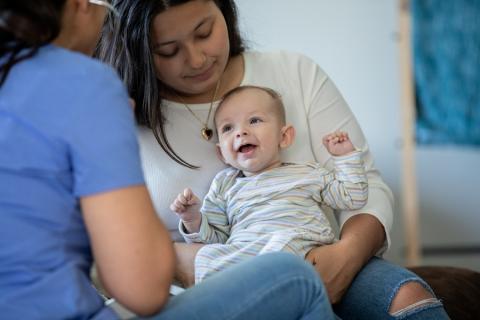
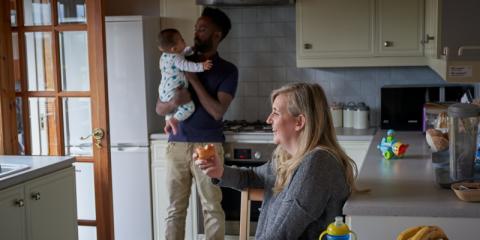

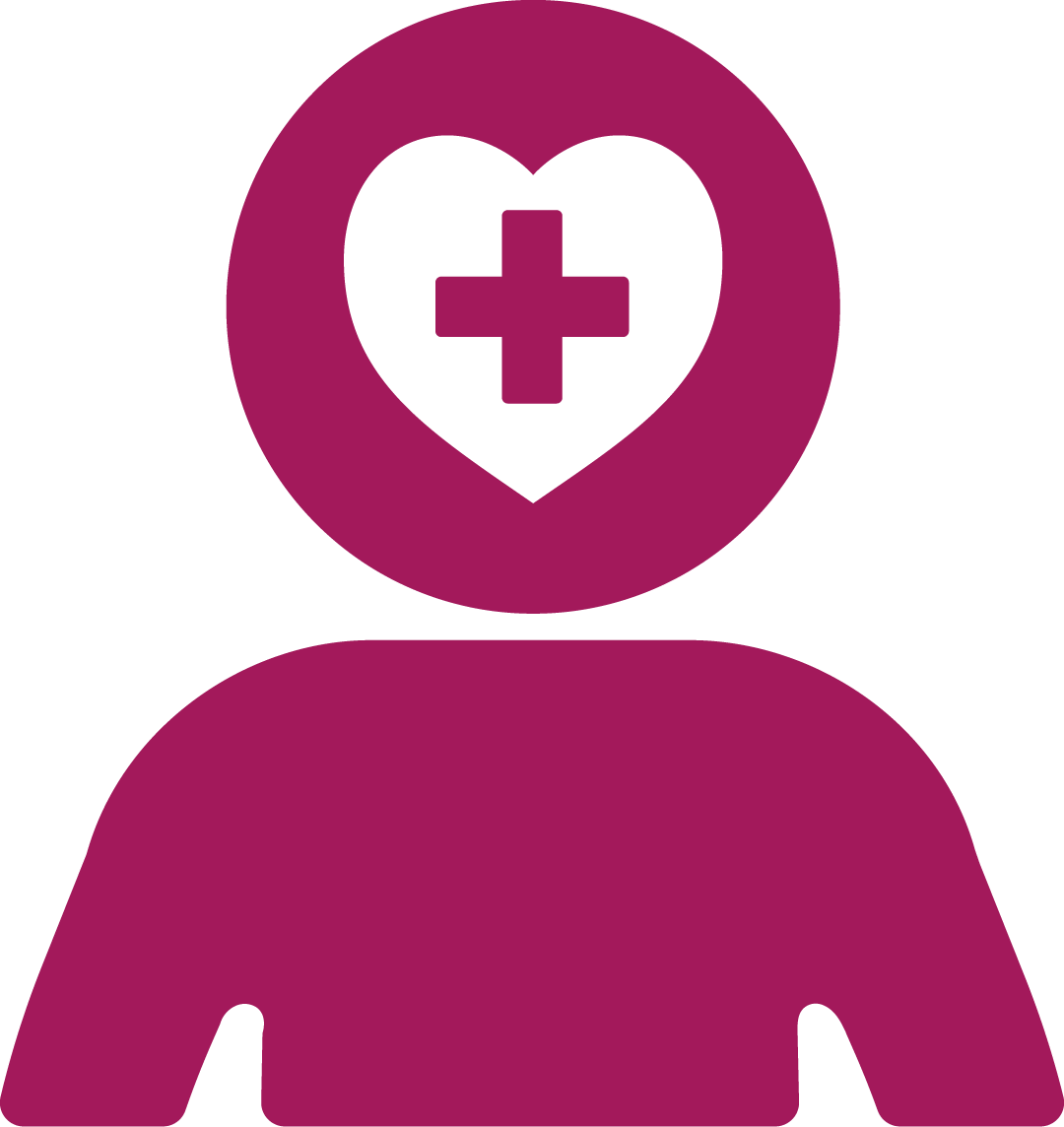 Mental Health & Wellbeing
Mental Health & Wellbeing
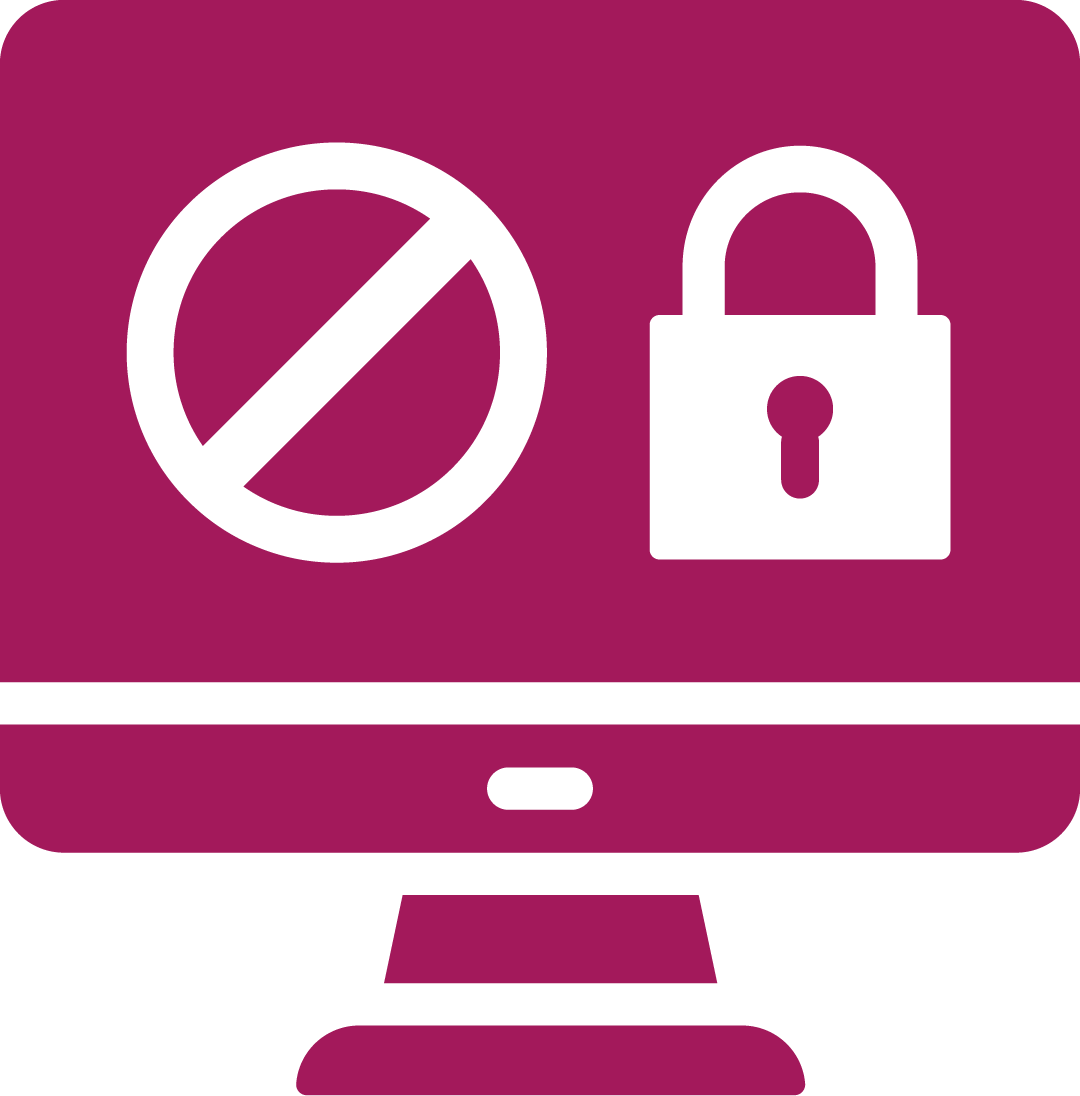 Online Behaviour & Safety
Online Behaviour & Safety